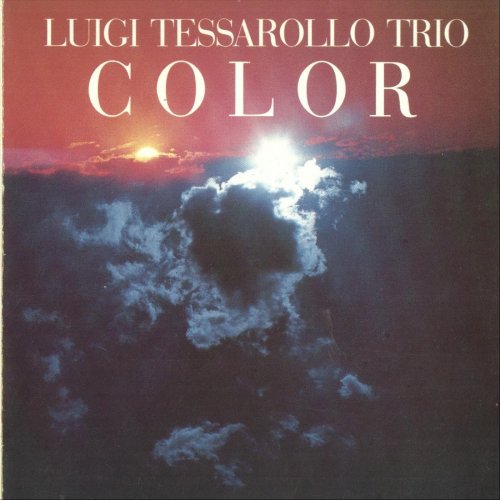Steve Turre - Rainbow People (2008)
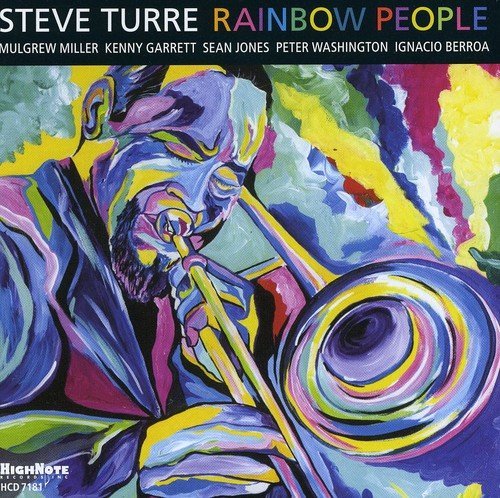
Artist: Steve Turre
Title: Rainbow People
Year Of Release: 2008
Label: HighNote
Genre: Jazz, Post-Bop, Hard Bop
Quality: FLAC (tracks+.cue, log, Artwork)
Total Time: 1:05:13
Total Size: 386 MB
WebSite: Album Preview
Tracklist:Title: Rainbow People
Year Of Release: 2008
Label: HighNote
Genre: Jazz, Post-Bop, Hard Bop
Quality: FLAC (tracks+.cue, log, Artwork)
Total Time: 1:05:13
Total Size: 386 MB
WebSite: Album Preview
01. Rainbow People (8:41)
02. Forward Vision (6:00)
03. Brother Ray (9:05)
04. Groove Blues (5:51)
05. Midnight In Madrid (8:48)
06. Cleopatra's Needle (4:13)
07. Search For Peace (8:16)
08. Segment (5:29)
09. Para El Comandante (8:50)
High Note Records has been on a roll in 2008. Larry Willis and David "Fathead" Newman have both issued near career-defining statements on the label in 2008 -- and that's just naming two. To this illustrious duo add trombonist and composer Steve Turre, whose Rainbow People album -- his self-produced third release for the imprint -- may be the finest offering of his career as a leader. Turre surrounds himself with likeminded musicians he's played with in various ensembles through the years: drummer Ignacio Berroa, who worked with Turre in Dizzy Gillespie's United Nations Orchestra; pianist Mulgrew Miller and saxophonist Kenny Garrett, who worked with Turre in Woody Shaw's fine band; bassist Peter Washington, who played with Turre in the Jazz Messengers; and Turre's discovery in the young trumpeter Sean Jones, who was hired on the spot after the trombonist saw him play at a gig in New York. Guest percussionist Pedro Martinez is also in the house; he's worked with Turre in his Latin bands. The program contains six Turre originals, as well as a killer reading of Charlie Parker's "Segment," McCoy Tyner's "Search for Peace," and bassist Steve Kirby's "Cleopatra's Needle." The unhurried and unforced swing of this band is evident from the opening title cut. With its knotty, mantra-like Latin groove, Turre and Garrett take the head into minor-key blues and Afro-Rican soul before coming up with a stretched harmonic cadenza that announces Turre's solo. Miller plays off Berroa's double- and triple-time breaks and fills on the ride cymbal and hi-hat. All the while, Washington struts that vamp into the heart of the multi-textured mystery at the center. Garrett's solo picks up right on its tail and, as evidenced by his own last album, Beyond the Wall, he's playing the best saxophone of his career. His alto is snaky and stretched, and flawlessly digs into the minor-key changes and accents the rhythms at the end of his long, angular lines. The late-night bluesy soul of "Brother Ray" echoes not only the late singer and bandleader's own sense of evoking gospel and barroom dynamics, but also his sense of the emotional undercurrent in his music. Turre is like a singer himself on his 'bone; he gets into the meat of his notes in both verse and chorus -- before breaking off into an extended jam with the band -- with Ray's sense of phrasing just behind the beat. Miller's piano solo is pure ivory enunciation; his blues articulation is pure and gritty, but so technically astute that he adds colors and hues to the tune, making it shine.
The smoking flamenco tinge in "Midnight in Madrid," with Jones sharing the melody, adds some real depth and dimension to the vocabulary first articulated by Gil Evans and Miles Davis -- without the strings. Turre keeps it on the avenue without losing a thimble of the elegance and excitement of the flamenco's sultry allure. Jones' solo is a knockout; it's all tense and dramatic, and so blue it's black. The final swinging groover, called "Para el Comandante," weaves together strains of Afro-Cuban, Brazilian, and hard bop with all three horns sharing the front line on the head. The rhythm section just seems to hover there, its members interacting with one another, with Washington being their bridge. Miller's solo is sheer graceful dancing on the keys while still punching on that vamp before Garrett jumps in blowing on the changes and extending them harmonically. Turre brings it back to the swinging center of bop with killer flurries of notes that pop on the rhythm section and bite right into Miller's comping. Miller answers by pushing the bop edge into post-bop phrasing and counterpoint in his solo; he elongates the short choppy groove and plays all around and inside it before popping back in seamlessly. Turre brings the conch shells out and sings right through them as the horns offer a solid counter-riff for him to play off of. It's quite a sendoff and simply underlines and highlights what a special, sophisticated, and seemingly effortless date this is. Turre, who has seemingly done every jazz and pop setting from Rahsaan Roland Kirk and Slide Hampton to Mariah Carey and the Saturday Night Live Band, just keeps expanding his vocabulary; his compositions here are startlingly fresh, wildly and cleverly inventive, and full of warmth and humor. His arrangements for this band are his new watermark.
The smoking flamenco tinge in "Midnight in Madrid," with Jones sharing the melody, adds some real depth and dimension to the vocabulary first articulated by Gil Evans and Miles Davis -- without the strings. Turre keeps it on the avenue without losing a thimble of the elegance and excitement of the flamenco's sultry allure. Jones' solo is a knockout; it's all tense and dramatic, and so blue it's black. The final swinging groover, called "Para el Comandante," weaves together strains of Afro-Cuban, Brazilian, and hard bop with all three horns sharing the front line on the head. The rhythm section just seems to hover there, its members interacting with one another, with Washington being their bridge. Miller's solo is sheer graceful dancing on the keys while still punching on that vamp before Garrett jumps in blowing on the changes and extending them harmonically. Turre brings it back to the swinging center of bop with killer flurries of notes that pop on the rhythm section and bite right into Miller's comping. Miller answers by pushing the bop edge into post-bop phrasing and counterpoint in his solo; he elongates the short choppy groove and plays all around and inside it before popping back in seamlessly. Turre brings the conch shells out and sings right through them as the horns offer a solid counter-riff for him to play off of. It's quite a sendoff and simply underlines and highlights what a special, sophisticated, and seemingly effortless date this is. Turre, who has seemingly done every jazz and pop setting from Rahsaan Roland Kirk and Slide Hampton to Mariah Carey and the Saturday Night Live Band, just keeps expanding his vocabulary; his compositions here are startlingly fresh, wildly and cleverly inventive, and full of warmth and humor. His arrangements for this band are his new watermark.
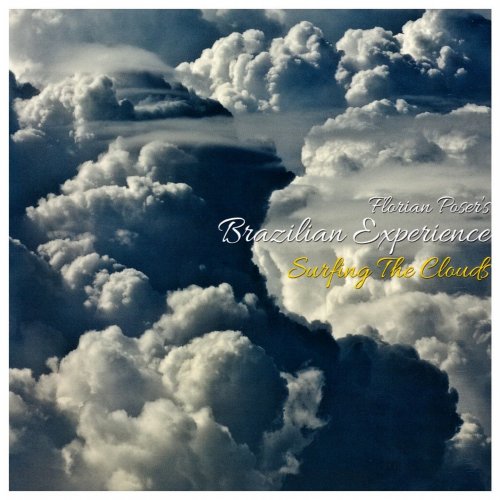
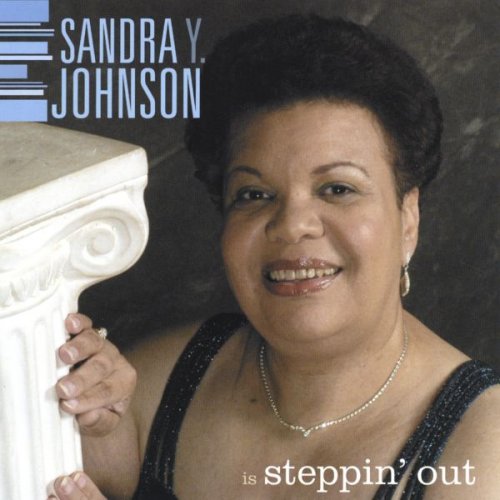
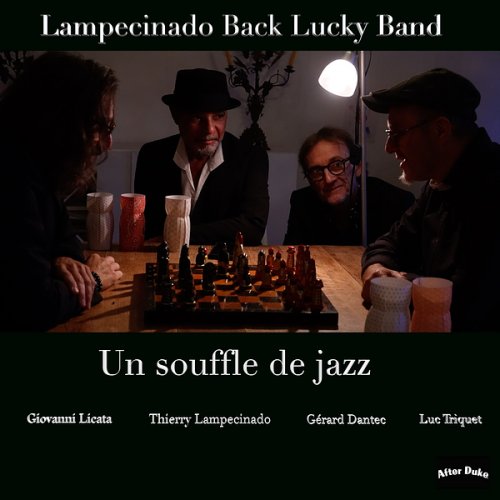
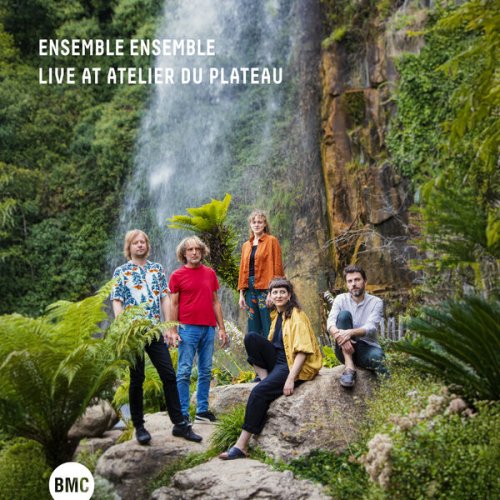
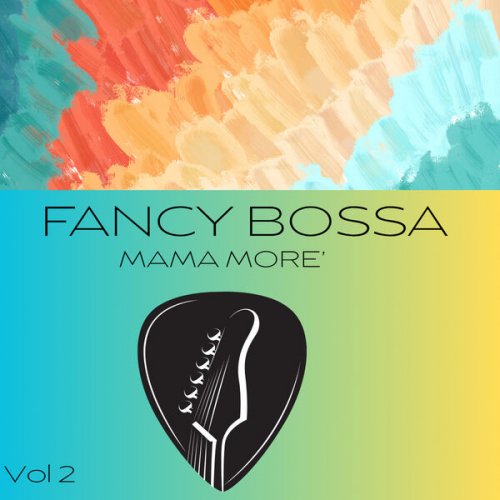

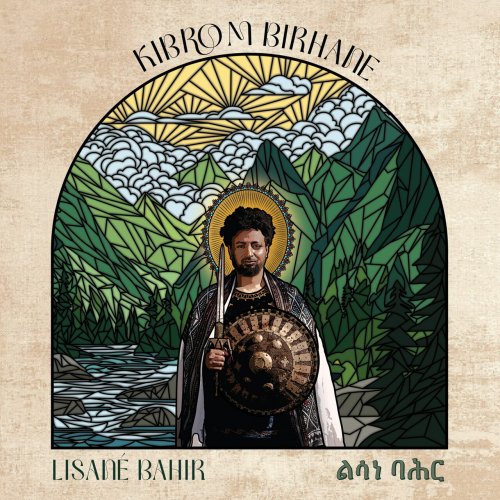
![John Abercrombie, Dave Holland & Jack DeJohnette - Gateway (1975/2025) [Hi-Res] John Abercrombie, Dave Holland & Jack DeJohnette - Gateway (1975/2025) [Hi-Res]](https://www.dibpic.com/uploads/posts/2025-12/1765471735_cover.jpg)
